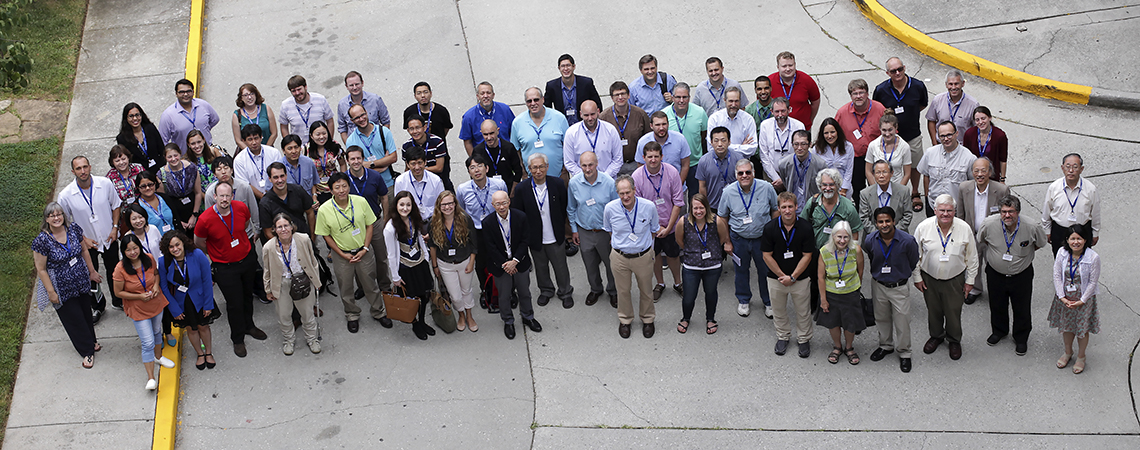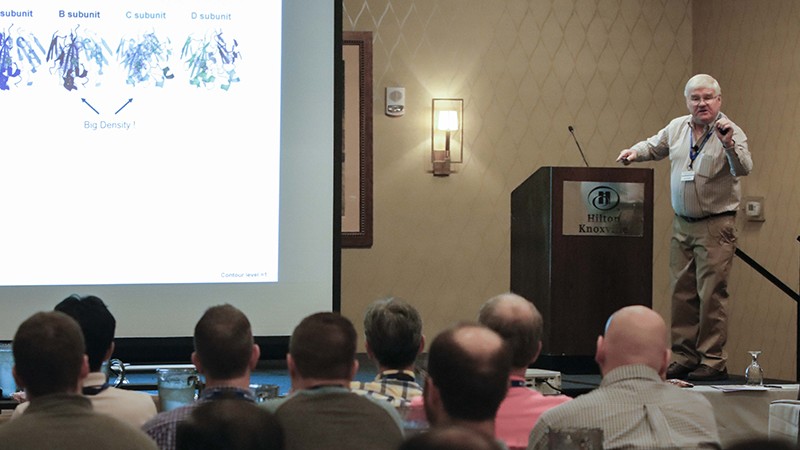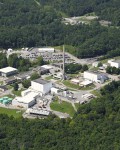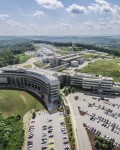Thirteen years ago, an international community of biologists decided to bring together researchers from different areas of the field. These researchers, who use techniques such as electron, x-ray, and neutron diffraction, wanted to encourage collaboration and cross-disciplinary work. This effort became the International Symposium on Diffraction Structural Biology (ISDSB). The fifth symposium in this series took place August 7–10, 2016, in Knoxville, Tennessee, with coordination from the US Department of Energy’s Oak Ridge National Laboratory (ORNL).
Attendees reported on the latest discoveries in structural biology using diffraction and other techniques. A major theme of the symposium was to demonstrate the role neutrons can play in diffraction structural biology.
“The meeting has been hosted in Japan and Europe, but never in the United States,” said Paul Langan, ORNL associate laboratory director for neutron sciences. “The fact that the symposium’s executive committee chose to host it in Knoxville—next to ORNL and our neutron facilities—is a huge acknowledgement of the increasingly important role neutrons play in the field of structural biology.”
In the meeting’s invitation from the executive committee stated, “Scientific insights at the molecular level allow structure-guided drug discovery and protein engineering for improved biocatalysis. This basic research is important for supporting applications in the pharmaceutical industry and for new, sustainable, and environmentally friendly approaches to the production of chemical reagents and biofuels.”

Above: Shown here are the participants in the Fifth International Symposium on Diffraction Structural Biology. Image credit: Rachel Brooks/ORNL.
Because of advanced research user facilities and new methods and technologies, discoveries in the field of structural biology have accelerated in the past decade. The symposium covered the latest developments in electron, photon, and neutron sources, as well as in associated methods such as small-angle scattering, nuclear magnetic resonance spectroscopy, electron microscopy, and advanced computational approaches. Session topics included Bioenergy, Drug Design, Enzyme Mechanism and Allostery, Macromolecular Complexes, Membranes and Membrane Proteins, and New Instruments and Methods.
ORNL staff members, along with users of the Spallation Neutron Source (SNS) and the High Flux Isotope Reactor (HFIR) presented results from experiments conducted at both facilities that illustrate the impact neutrons and complementary techniques have on the science. Oak Ridge staff also presented and discussed the Laboratory’s vision for a third neutron source: the second target station at SNS, to address emerging science challenges. With this third neutron source, ORNL will have the best neutron tools, being used by the best scientists to solve the biggest problems.
“This meeting attracted some of the best researchers in the world, and the quality and breadth of science presented was outstanding,” Langan said. “It really hit home that we’ve made huge progress in establishing ORNL and our neutron facilities as world-class resources in the field of structural biology.”
The event included guests from around the world, many of whom toured some of ORNL’s leading facilities. The tours included the two advanced neutron scattering research facilities—HFIR and SNS, both DOE Office of Science User Facilities—as well as the Center for Structural and Molecular Biology, and the Titan supercomputer located at the Oak Ridge Leadership Computing Facility (OLCF).
Langan emphasized the need for computer simulations using high-performance computing allow researchers to predict and interpret neutron scattering data from systems that are too complex for analytical theory.
As a precursor to the symposium, ORNL researchers hosted two workshops on August 6 to introduce the participants to neutron techniques. One workshop focused on neutron protein crystallography, which included lectures and practical instruction on neutron structure refinement using PHENIX, as well as an overview of the MaNDi and IMAGINE neutron diffractometers at ORNL. The other workshop focused on small-angle neutron scattering and included lectures and tutorials to introduce basic small-angle scattering techniques and related computational tools, emphasizing how to integrate molecular simulations with experiments.
The meeting’s sponsors included Art Robbins Instruments, Molecular Dimensions, and Rigaku Oxford Diffraction. UT-Battelle manages ORNL for the DOE’s Office of Science.
The Office of Science is the single largest supporter of basic research in the physical sciences in the United States, and is working to address some of the most pressing challenges of our time. For more information, please visit http://science.energy.gov/





